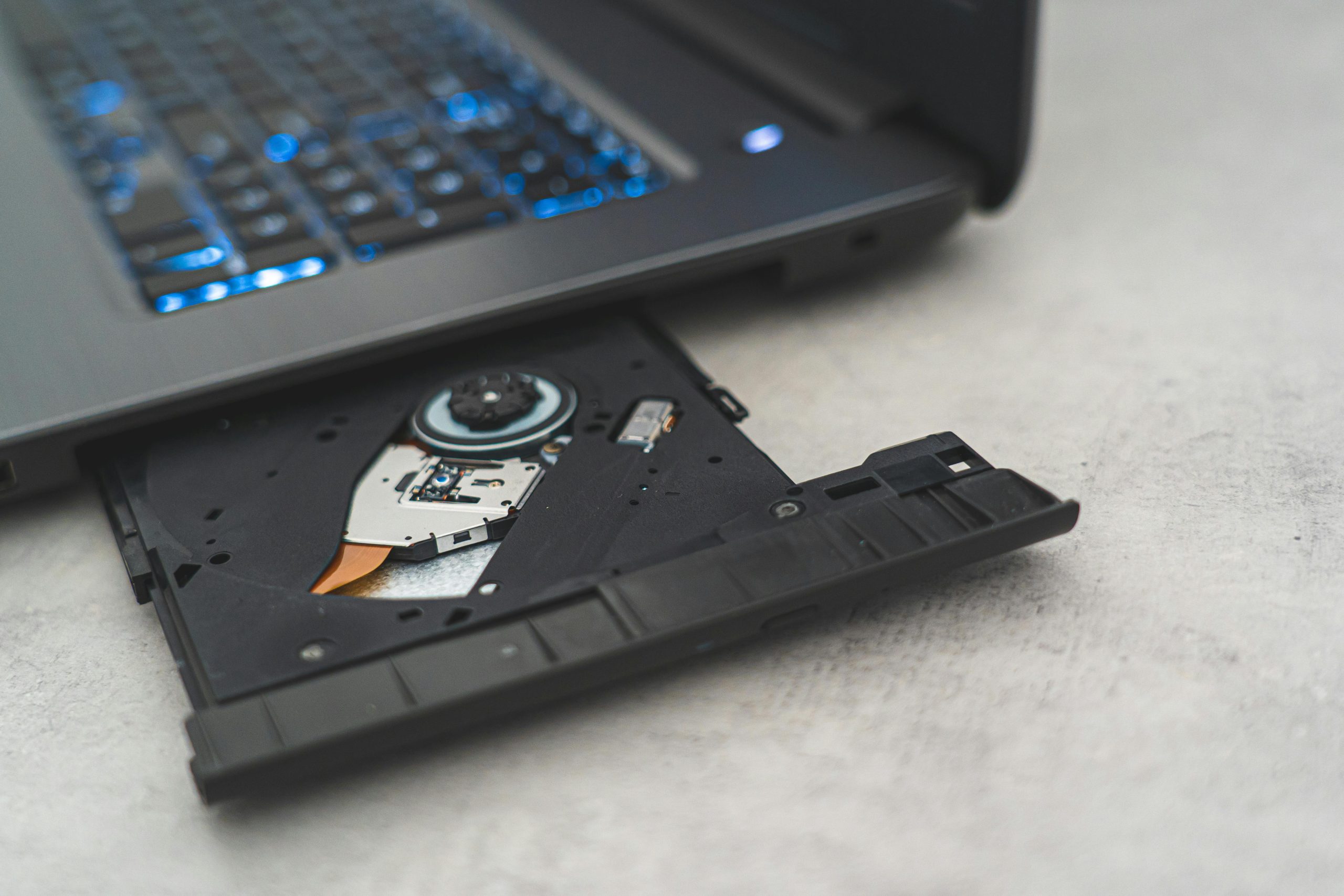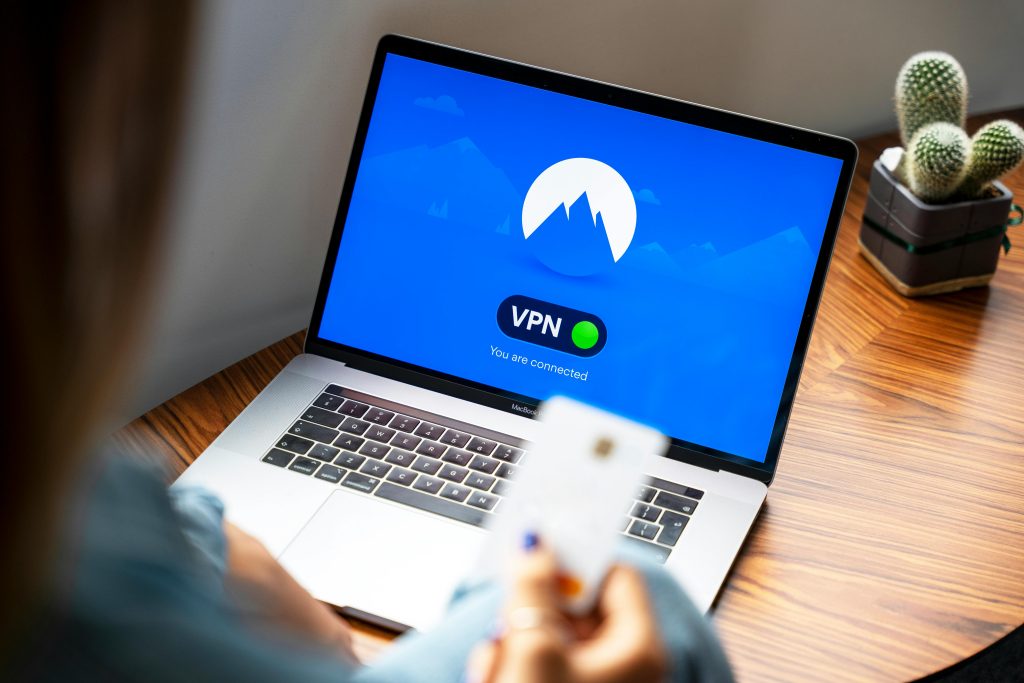Troubleshooting HDMI Connectivity Between PC and TV: A Step-by-Step Guide
Connecting your PC to a television for seamless display can sometimes be a complex process, especially when dealing with various adapters, cables, and settings. This article provides a comprehensive overview of common issues and effective troubleshooting strategies for connecting a PC to a TV using a bidirectional HDMI cable and a DisplayPort (DP) to HDMI adapter.
System Overview
- Graphics Card: AMD Radeon RX 6600 XT
- Television: Sony KDL-32EX720
- Cables: Bidirectional HDMI 1.4, 10 meters, supporting Full HD at 60Hz
- Adapter: Ultra HD 4K DP to HDMI, supporting 60Hz
Initial Observations and Common Symptoms
Despite proper connections, users often face issues such as:
- The TV only shows a faint icon indicating a device is connected in its menu but remains blank
- No notifications or prompts appear on the PC indicating a new display has been detected
- Keyboard shortcuts like Win + P fail to switch display modes
- Adjusting display settings via Windows does not recognize the TV as a secondary display
- Attempts to switch display modes or turn on “Extended” mode do not yield results
Troubleshooting Approach
-
Confirm Physical Connections
-
Verify that the bidirectional HDMI cable is securely connected to the GPU’s HDMI port and the TV
- Test different HDMI ports on the TV to rule out port-specific issues
- Connect the DP to HDMI adapter to all available DisplayPort outputs on your graphics card
-
Try plugging the HDMI cable directly into the motherboard’s HDMI port as an alternative
-
Observe the TV’s Input Status
-
Check if the TV detects the signal by observing the port icon or input label
-
Ensure the TV is set to the correct HDMI input source corresponding to the connected port
-
Power Cycle Devices
-
Turn off both the PC and TV
- Disconnect and reconnect all cables
-
Power on the TV first, then the PC to allow the TV to recognize the connected device
-
Use TV “Activation” Settings
-
Some TVs have a setting that sends an “activation” signal when establishing an HDMI connection. Ensure this feature is enabled, if available
-
Modify Windows Display Settings
-
Access “Display Settings” by right-clicking the desktop or through Control Panel
- If the TV isn’t detected automatically, try manually detecting displays
- Use “Advanced Display Settings
Share this content:



